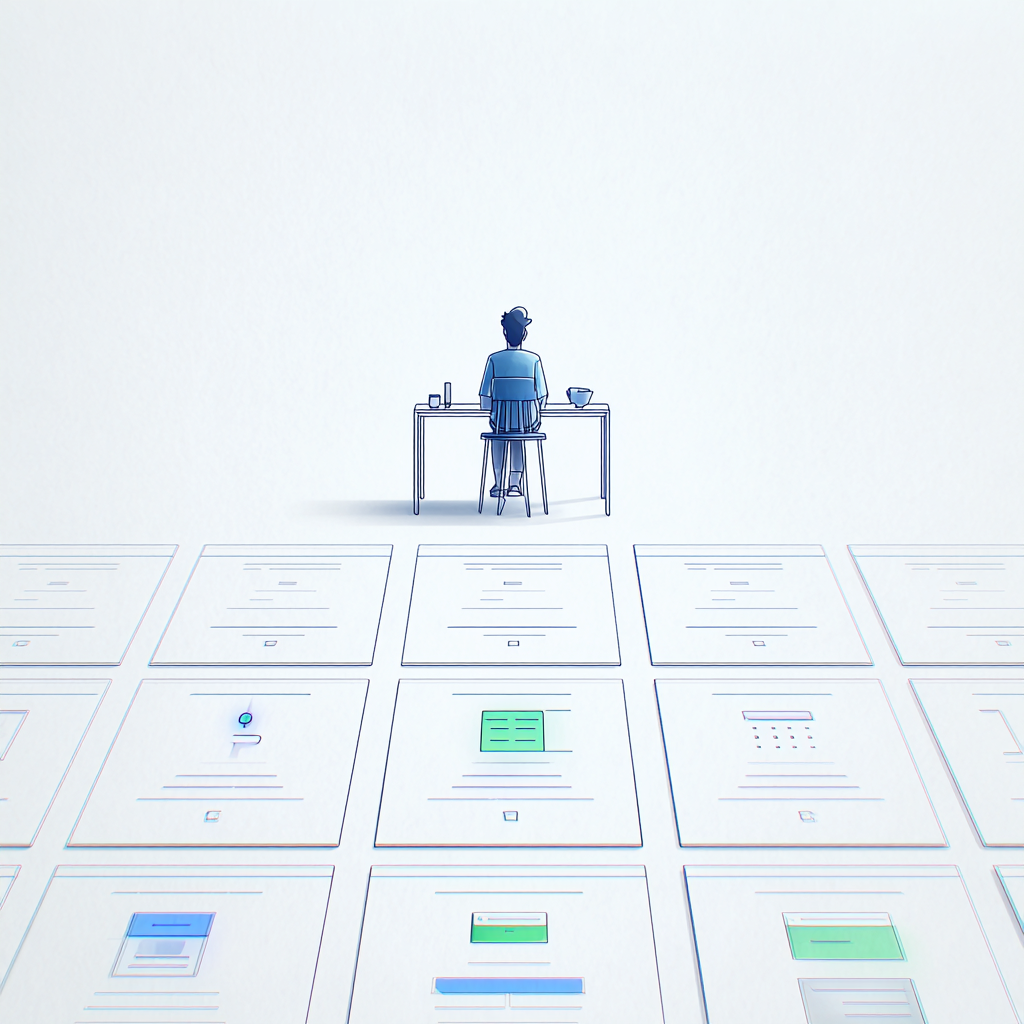AI-Assisted Development: Beyond Code Generation
AI-assisted development isn’t just about code generation. From debugging and scaffolding to test creation and doc writing, AI accelerates how we explore, explain, and execute ideas. Here are seven practical ways AI is quietly reshaping real developer workflows.

When people think about AI in software development, they usually picture auto-generated code snippets or tools like GitHub Copilot completing lines for them.
That’s not wrong—but it’s wildly incomplete.
At 8th Light, we went all-in on AI-assisted workflows over a year ago. Early on, we realized something important: the biggest productivity boost isn’t from code generation. It’s from everywhere else AI can show up.
We documented seven core use cases that go beyond the hype, and they’ve become a foundation for how we think about AI-enhanced engineering.
Where is AI Useful – How can I fit it into my workflow
| Use Case | How |
|---|---|
| Scaffolding | Generates boilerplate code, file structures, or initial implementations |
| Refactoring | Improves structure, naming, readability, performance |
| Explaining | Breaks down unfamiliar code, APIs, or patterns |
| Debugging | Traces bugs, suggests fixes, explores solutions |
| Test Generation | Creates unit or integration tests from code or requirements |
| Spec & Doc Writing | Converts code or ideas into technical documentation or specifications |
| Review Support | Suggests improvements or flags risky code in pull requests |
Let’s break them down:
- Scaffolding: AI accelerates the start of any new project or feature by generating boilerplate, folder structures, and placeholder logic. It lets you focus on what’s unique.
- Refactoring: Cleaning up messy code, improving readability, or optimizing performance becomes faster with AI suggestions—often identifying issues even seasoned devs overlook.
- Explaining: When diving into a legacy system or someone else’s code, AI is like a live tutor—breaking down what each part is doing and helping you ramp up.
- Debugging: AI helps trace error paths, analyze stack traces, and suggest potential fixes. It's like rubber duck debugging… with superpowers.
- Test Generation: AI can generate unit or integration tests from either the implementation or the specification—bridging the gap between intent and coverage.
- Spec & Doc Writing: Turning working code into documentation, design artifacts, or specifications is tedious. AI shortens the distance from working logic to written clarity.
- Review Support: During pull requests, AI helps by flagging risky changes, asking questions about intent, or offering potential improvements—acting like a silent co-reviewer.
Why This Matters
In a recent Pragmatic Engineer podcast, Laura Tacho touched on this exact shift: the top-performing engineers aren’t just using AI to write code—they're using it to solve problems.
That resonated deeply. It validated what we were already seeing: AI isn’t reducing typing—it’s increasing the surface area for exploration and faster iteration.
If you’re only measuring AI's impact by lines of code written, you're missing the real value.
The TL;DR
AI-assisted development is a problem-solving accelerator, not just a code-writing machine. It amplifies what developers already do well—across the entire lifecycle.
And that shift is only just beginning.